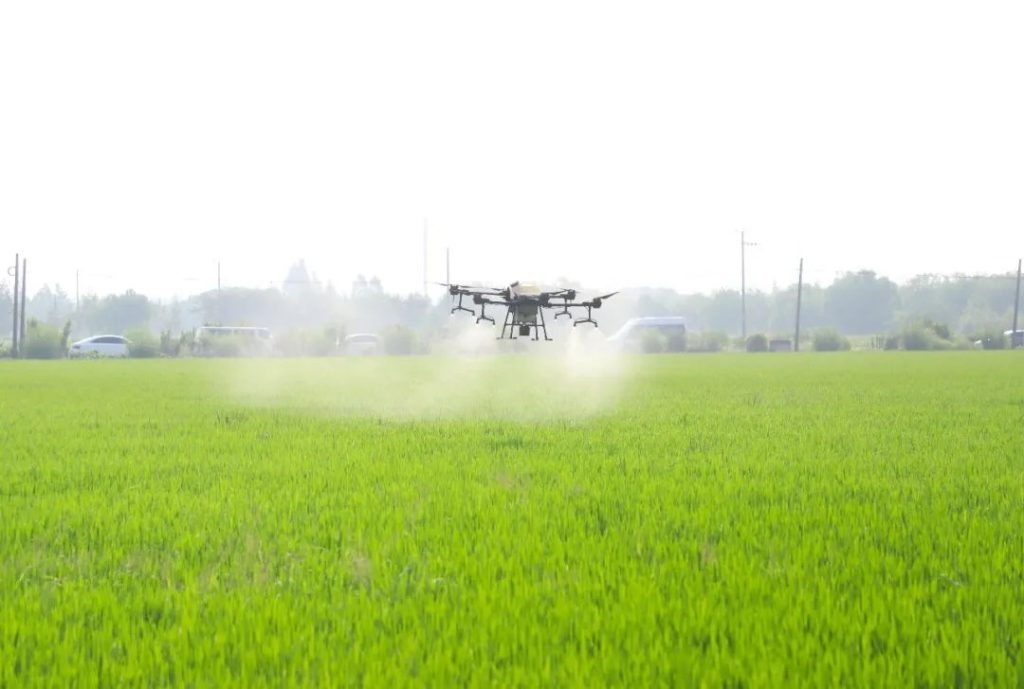Smart agriculture is a vast and complex field with extremely high capacity and richness. As a key “tide” in the development of smart agriculture, agricultural drones are undoubtedly one of the most representative products. Since 2015, the hardware and applications of agricultural drones have developed rapidly, with a rapid increase in market ownership and operating area, and have grown into a huge industrial chain worth one billion yuan. According to statistics from the Ministry of Agriculture and Rural Affairs, as of the end of 2020, China has 662000 large and medium-sized high-efficiency plant protection machinery, and the number of plant protection drones has exceeded 100000.
For Chinese people, the concept of drones is mostly consumer grade drones used for aerial photography. They are lightweight, versatile, provide diverse shooting perspectives, and are relatively affordable. Users of almost all consumer levels can find the desired aerial photography products.
The application of plant protection drones in foreign countries has been very early. Countries such as the United States and Japan have been using agricultural aviation products for over 30 years, and in recent years, the penetration rate of agricultural drones has reached over 50%.
The development of agricultural plant protection drones is a combination of multiple influencing factors. Firstly, the entry of specialized companies is an absolute core factor, and manufacturers like DJI have brought technology, experience, and mature service systems, gradually pushing the industry towards standardization to some extent.
Secondly, labor shortage is also a core factor. Southern factories are everywhere, providing a large number of job opportunities, and the labor force willing to engage in agriculture has sharply decreased. In autumn and winter, especially before and after the Spring Festival, workers cannot be found at all, and there is a great need to supplement operational capabilities. Even in the north, where labor is relatively abundant, the efficiency improvement brought by machines has become a key factor that moves farmers.
Finally, the efficiency improvement brought about by technology is highly reflected, and the imaginative effect is that plant protection drones can “save money”. Henan pilot Xing Zhiyuan told 35 Dou that plant protection drone spraying can save about 30% of pesticides. The cost of pesticides is the largest part of planting costs, with rice costing 500-600 yuan per acre per season and corn costing 400-500 yuan per acre per season. If there are hundreds or thousands of acres of land planted, the cost savings from pesticide costs are not small. In the future, by combining variable application technology and precision agriculture technology, this part of expenses may also be reduced.


没有reply内容